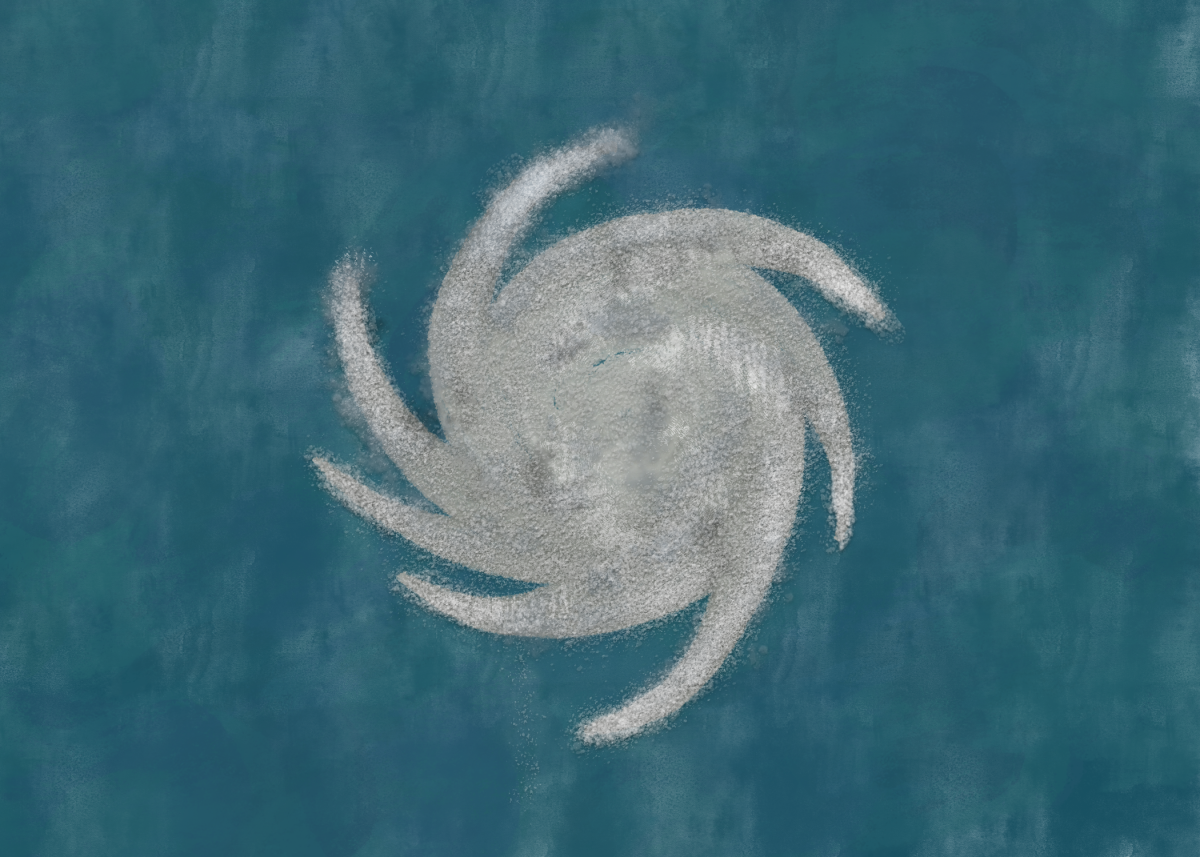From tornadoes and hurricanes to earthquakes, natural disasters have been around longer than we have. It’s no wonder we’ve come up with ways to predict them and the devastation they may cause. For example, CalFire tracks the fires that annually turn our skies an apocalyptic orange, ensuring that families across the state can get to safety. The National Oceanic and Atmospheric Administration (NOAA) helps track everything from small thunderstorms to EF5 tornadoes. The National Hurricane Center (NHC) closely watches hurricanes and ensures people can safely evacuate.
Why, then, were people caught off guard by Hurricane Otis this past month? Forty-eight people died from the explosive hurricane, which made landfall in southern Mexico on Wednesday on October 25th. The residents of the steep hills and ravines around Acapulco Bay were particularly affected, as those areas are prone to dangerous flooding and mudslides. Deaths caused by these conditions could have been avoided if forecasts had been able to accurately predict that the storm would touch down as a Category 5 hurricane. However, a New York Times forecast report predicted that Hurricane Otis would remain a low-level tropical storm throughout Monday and most of Tuesday. It was only after a hurricane hunter plane flew through the eye of the storm that the forecast team suspected an inkling of danger. According to AP News, scientists don’t know exactly what caused these models to fail so drastically, but they do know that this won’t be the last time it happens.
Various studies published in reputable journals like Nature have found that hurricanes in the Atlantic Ocean are now twice as likely to grow from small storms into a major (Category 3 or higher) storm within 24 hours. This poses an obvious problem—when hurricanes intensify so quickly, it’s much more difficult to forecast when and how severely places will be affected. Forecasts take time to develop accurately, and quick fluctuations are difficult to predict.
The increase in hurricane severity is likely due to rising ocean temperatures. Hurricanes form when warm ocean water evaporates into the atmosphere, and the vapor gathers their strength largely from the difference in temperature between the surface of the ocean and the cooler upper atmosphere. When oceans are warmer, that difference is larger, and the storms can get dangerously strong very quickly. These rising ocean temperatures are themselves a result of global climate change; as global temperatures warm, oceans absorb more of that warmth.
Eventually, a point will be reached when forecasts—no matter how powerful or advanced—will not be able to predict these storms. With less time to evacuate, people will have less time to get to safety, and death tolls will mount. So, how can this be prevented? Well, sometimes the most obvious solution is the answer: the root of the problem has to be attacked, and that’s climate change.






































































